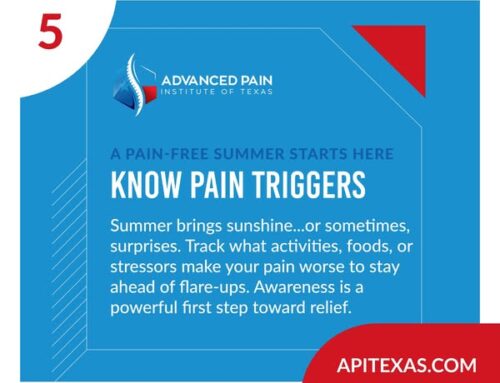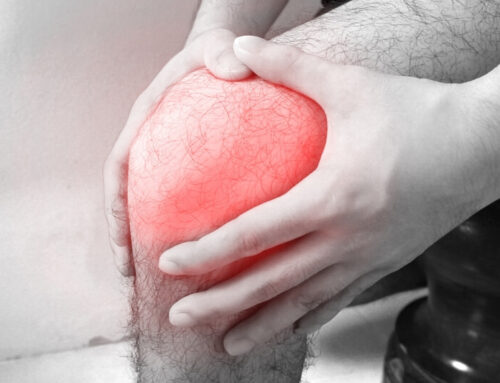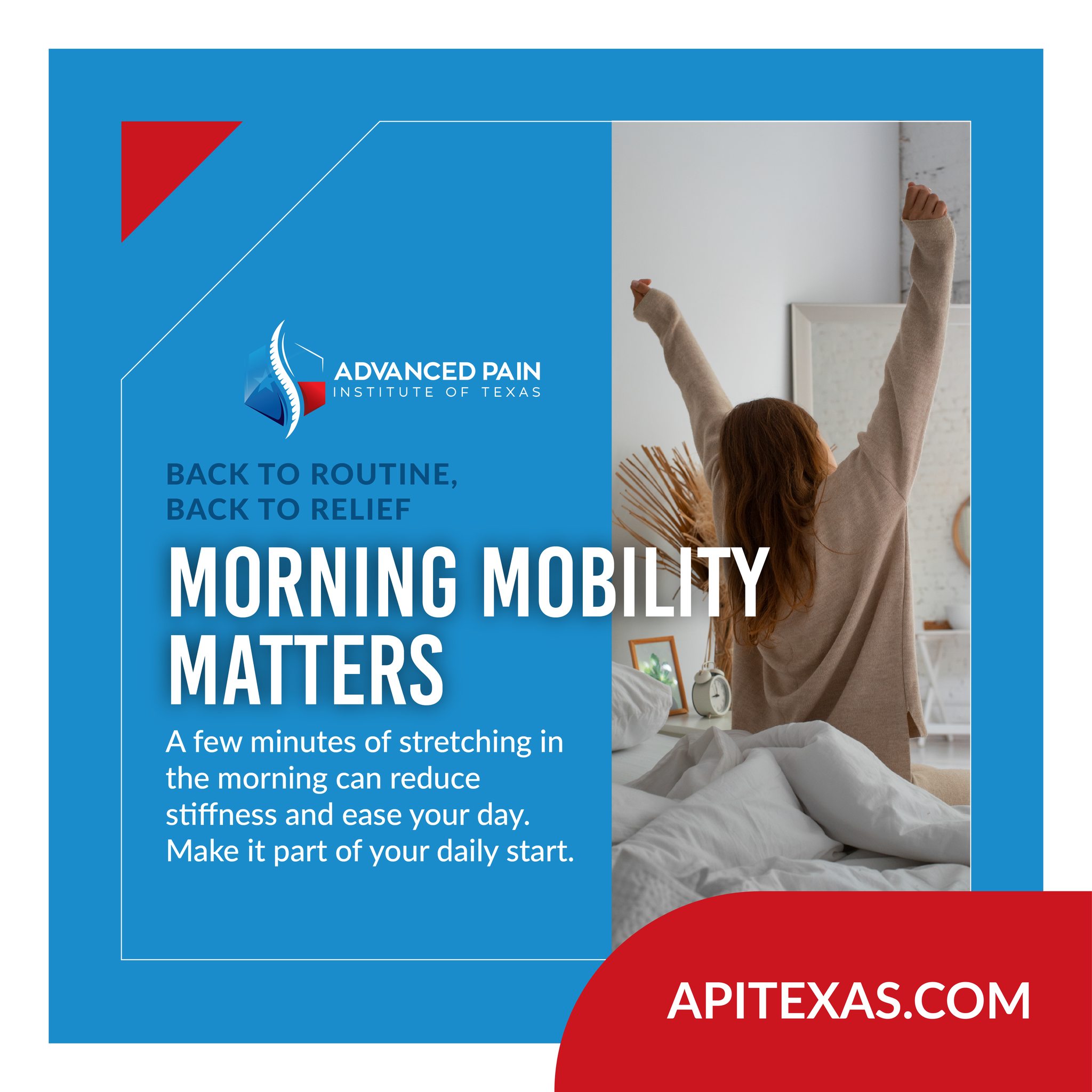
Discover How Managing Allergies May Ease Head and Neck Discomfort
Understanding the Connection Between Allergies and Pain
When we think of allergies, the first things that come to mind are usually sneezing, watery eyes, and nasal congestion. But for many, seasonal allergies bring more than just sniffles—they also intensify pain, especially in the neck, head, and shoulders. Allergies can act as a hidden amplifier of existing chronic pain or even trigger new pain episodes during peak pollen seasons. Understanding this connection is crucial to feeling better and staying ahead of both allergy and pain flare-ups.
How Seasonal Allergies Trigger Physical Discomfort
Congestion and Sinus Pressure
One of the primary ways allergies cause pain is through nasal congestion. When pollen or other allergens enter the nasal passages, the immune system reacts by releasing histamines, leading to inflammation of the sinuses. This inflammation causes pressure around the forehead, eyes, and cheeks—often manifesting as a dull ache or throbbing pain.
Inflammation and Its Role in Pain
Allergic responses increase systemic inflammation in the body. This not only irritates sinus passages but can also worsen musculoskeletal pain. For those with conditions like arthritis or fibromyalgia, the inflammation from allergies can be the spark that flares up joint or muscle pain.
Common Pain Symptoms Exacerbated by Allergies
Headaches and Migraines
Histamines released during allergic reactions can dilate blood vessels, triggering headaches or migraines. Additionally, sinus pressure adds another layer of discomfort, especially in those already prone to migraines.
Neck and Shoulder Tension
The body often compensates for blocked nasal passages by adopting poor posture—such as holding the head forward or tilting it to relieve sinus pressure. Over time, this can lead to tightness and discomfort in the neck and shoulders.
Facial Pain and Pressure
Sinus-related inflammation often leads to facial tenderness, particularly around the cheeks, eyes, and jaw. This can sometimes mimic toothaches or TMJ discomfort, leading to misdiagnosis if allergies aren’t considered as a root cause.
The Science: Why Allergies Intensify Pain
Histamines and Nerve Irritation
When histamines are released, they don’t just fight off allergens—they also irritate nerves. This irritation can increase sensitivity to pain, making even mild discomfort feel more intense than usual.
Poor Sleep and Heightened Pain Sensitivity
Allergies often disrupt sleep due to congestion, coughing, or sneezing. Unfortunately, poor sleep lowers your pain threshold, meaning your body feels pain more acutely. This cycle of allergies disrupting rest and sleep amplifying pain can become a real challenge during springtime.
Who’s at Risk? Groups More Likely to Experience Allergy-Induced Pain
People with Chronic Pain Conditions
If you live with chronic conditions such as arthritis, fibromyalgia, or migraines, seasonal allergies may worsen your symptoms. The inflammation from allergies can magnify underlying pain pathways, making daily life more uncomfortable.
Those with Sinusitis or TMJ
If you’ve had sinus infections or suffer from TMJ (temporomandibular joint) disorders, you may find that allergy season brings additional facial and jaw pain. This happens due to increased sinus swelling and pressure, which can radiate into nearby joints and tissues.
7 Power Tips to Manage Allergies and Reduce Pain
-
Stay Indoors on High Pollen Days
Check local pollen forecasts and limit outdoor exposure when counts are high. Keeping windows closed can also help keep allergens out. -
Use HEPA Filters at Home
Invest in a high-quality HEPA air purifier to reduce airborne allergens indoors. Also, consider changing your HVAC filters regularly. -
Shower and Change After Going Outside
Pollen can cling to your clothes, hair, and skin. Rinsing off and changing clothes after spending time outdoors helps reduce continued exposure. -
Nasal Irrigation for Sinus Relief
Saline rinses or neti pots can flush out allergens and mucus from your sinuses, reducing pressure and improving breathing. -
Anti-Inflammatory Diet Choices
Incorporate foods like leafy greens, turmeric, ginger, and omega-3-rich fish into your meals to naturally fight inflammation. -
Stay Hydrated
Drinking plenty of water helps thin mucus and keeps your nasal passages moist, making it easier to breathe and reducing sinus pressure. -
Consult an Allergist for Personalized Treatment
If over-the-counter treatments aren’t working, an allergist can provide immunotherapy or prescription options tailored to your symptoms.
Role of Medication: What Works Best?
OTC Options vs. Prescriptions
Over-the-counter antihistamines, decongestants, and nasal sprays can provide relief for many people. However, if your symptoms persist, your doctor may recommend stronger prescription medications or corticosteroids.
Anti-histamines, Decongestants, and Nasal Sprays
Each type of medication serves a unique function: antihistamines block allergic reactions, decongestants shrink swollen nasal tissues, and nasal sprays reduce inflammation directly in the sinuses. Used together under medical guidance, they can be very effective in reducing both allergy symptoms and related pain.
Natural Remedies to Consider for Allergy and Pain Relief
Herbal Teas and Steam Inhalation
Chamomile, ginger, and peppermint teas can soothe inflammation and help ease congestion. Steam inhalation with essential oils like eucalyptus or tea tree oil can also provide relief for blocked sinuses.
Acupuncture and Massage Therapy
These holistic approaches have shown promise in managing both allergies and chronic pain. Acupuncture may reduce inflammation and boost immune function, while massage can help relax muscles strained from postural changes or facial tension.
Lifestyle Adjustments to Minimize Both Allergies and Pain
Daily Routines
Wiping down surfaces, changing pillowcases regularly, and removing shoes at the door can drastically reduce indoor allergens.
Sleep Hygiene
Use allergen-proof covers for pillows and mattresses. Maintain a consistent sleep schedule and ensure your room stays allergen-free for restful sleep.
Stress Management
Stress can exacerbate both allergies and chronic pain. Techniques like yoga, meditation, or even a relaxing walk in low-pollen areas can make a big difference.
When to Seek Help: Signs You Need a Professional
Persistent or Worsening Symptoms
If you’ve tried at-home remedies and your pain or allergy symptoms continue to interfere with your life, it’s time to see a professional. This is especially true if you’re experiencing severe headaches, dizziness, or neck pain.
Pain Not Responding to Medication
Allergy-related pain that doesn’t improve with standard treatments may be a sign of an underlying condition like a sinus infection or chronic inflammation that needs targeted intervention.
Impact on Daily Life: Why It’s More Than Just a Seasonal Nuisance
The combination of allergies and pain can disrupt your concentration, sleep, mood, and productivity. Whether it’s trouble focusing at work or simply enjoying the outdoors, these symptoms can significantly lower your quality of life. Addressing them early can help you reclaim your energy and comfort.
Prevention Strategies for Future Allergy Seasons
Preparing Your Home
Deep clean your home before spring hits. Remove dust from vents, clean curtains, and wash bedding. Replace filters and stock up on medications early.
Long-Term Treatment Plans
Consider long-term strategies such as allergy shots (immunotherapy), year-round air purification, and regular consultations with healthcare providers.
FAQs
Q1: Can allergies really cause neck pain?
Yes. Sinus pressure and inflammation from allergies can lead to referred pain in the neck and shoulders.
Q2: What’s the link between allergies and migraines?
Allergens can trigger the release of histamines and cytokines that may initiate or worsen migraine episodes.
Q3: Are there foods that make allergies and pain worse?
Yes. Processed foods and those high in sugar can promote inflammation, making allergy symptoms and pain more severe.
Q4: How can I tell if my pain is allergy-related?
If your pain worsens during peak allergy season and coincides with sneezing or congestion, allergies may be the cause.
Q5: Do air purifiers really help with allergies and pain?
Absolutely. HEPA filters reduce airborne allergens, helping to lower your body’s inflammatory response.
Q6: When should I see a doctor for allergy-related pain?
If symptoms persist beyond a few days, interfere with daily life, or don’t respond to OTC remedies, consult a medical professional.
Resources and Further Reading
-
Mayo Clinic’s Guide to Seasonal Allergies
Conclusion
Allergies aren’t just a springtime annoyance—they can be a real pain, literally. By understanding how allergies and pain intersect and using targeted strategies to manage both, you can take control of your symptoms and enjoy the season with less discomfort. Stay proactive, stay informed, and don’t hesitate to reach out to healthcare professionals when needed.
Share this article
Follow us
A quick overview of the topics covered in this article.











